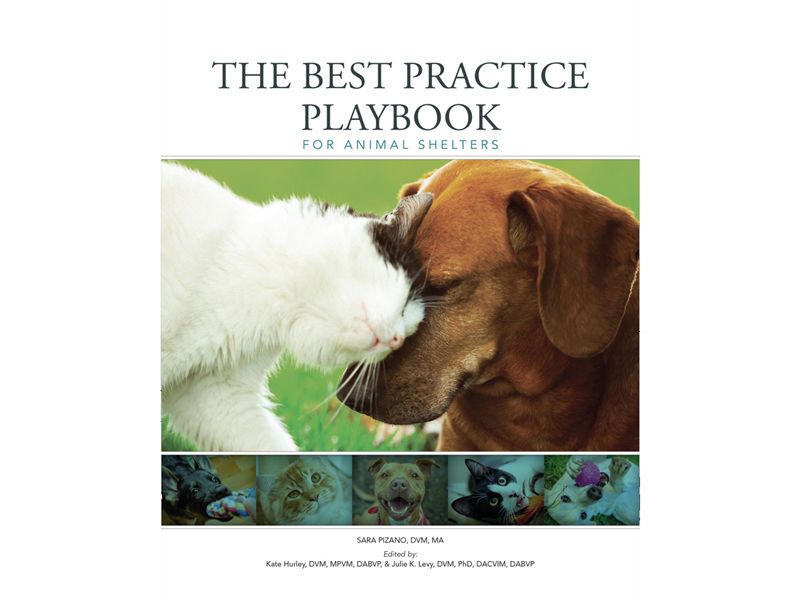By the playbook
Veterinarian compiles best practices for shelters

When she started writing shelter assessments for the nonprofit Target Zero in 2013, Sara Pizano thought, “Everybody’s different, so I’m going to have to go in and come up with a new plan for every single shelter.”
But she quickly realized that many shelters struggling to meet their lifesaving goals had the same fears and misperceptions—that you have to euthanize for space, for example, or that a turnaround would take years and cost millions of dollars. Pizano, a veterinarian and longtime animal welfare strategist, found herself making the same recommendations whether she was analyzing sheltering operations in metropolitan Dallas or rural McCreary County, Kentucky.
“And quite frankly, I got tired of writing the same report over and over,” she says. “So I put it in a playbook.”
Published earlier this year, Pizano’s The Best Practice Playbook for Animal Shelters outlines strategies for everything from core shelter operations to using data and influencing public policy. Recognizing how busy shelter staff are, Pizano says she wanted the playbook to be “brief and impactful.” Peppered with examples of shelters that became more effective by changing their perspective and “fear-free tips” focusing on emotional well-being for people, as well as animals, the book clocks in at under 100 pages.
To those who think they lack the staff or budget to succeed, Pizano points to one of the playbook’s success stories, a Florida shelter that decreased owner surrenders of dogs and cats by 80 percent in the first year of a surrender mitigation program—without an increase in budget or staff. The shelter’s single intake staffer switched from simply signing animals into the shelter to requiring that pet owners make appointments and helping them explore alternatives to surrender. “The secret is … being smart about who you’re taking in the shelter, helping animals outside the shelter and decreasing intake,” Pizano says. “That’s a major, major chunk of this picture.”
The playbook’s message is hopeful. “Don’t think your shelter can’t do it,” Pizano says, “because every shelter has this potential.”








